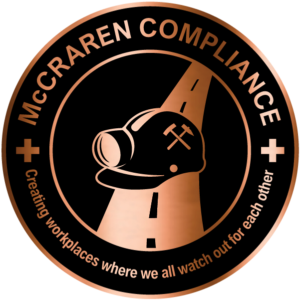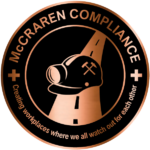
Photo: Peavey Cos./Safety Jackpot
Responding is Buck Peavey, CEO, Peavey Cos./Safety Jackpot, Kansas City, MO.
In today’s world, we need to be more creative to grab people’s attention. Organizations must employ a variety of tried-and-true methods, combining effective communication, recognition and incentives.
1. Start with clear communication and education.
Employees need to understand why safety is important and how they can contribute. Clear, concise and frequent communication about safety policies, procedures and the consequences of not adhering to them helps reinforce their importance. Regular safety meetings and visual reminders (posters, flyers), along with tools such as emails and newsletters, ensure the safety information remains top of mind.
It’s not enough to provide safety training at onboarding alone; refresher courses should be offered regularly. Interactive methods, such as hands-on training, simulations and workshops, can, of course, improve learning outcomes and encourage employees to stay engaged with safety protocols, but these can be difficult to administer. The good news is that automated software products are available that combine training with recognition and incentives – making administration simpler.
2. Show management commitment and leadership.
When leadership demonstrates a commitment to safety, it sets the tone for the rest of the organization. This commitment can be shown by allocating resources, such as providing the necessary tools and safety equipment, and fostering an environment in which safety is a top priority.
Managers should lead by example by adhering strictly to safety protocols and demonstrating a positive attitude toward safety initiatives. Employees are more likely to follow safety guidelines if they see their leaders actively participating and reinforcing the message. Arming management with the ability to recognize and reward workers “on the spot” for observed safe behavior is a great plus.
3. Achieve engagement with employee involvement.
A key strategy to raise participation levels is to involve employees in the development and execution of safety programs. Management and frontline workers can review incidents, provide input on safety measures and suggest improvements to the program. This collaborative approach not only empowers employees but makes them feel invested in the success of the program.
Moreover, giving employees a platform to voice their concerns, suggestions and safety-related ideas fosters a sense of ownership and responsibility. Creating a feedback loop in safety programs helps identify potential issues and demonstrates that the organization values its workers’ input.
4. Attach strong recognition and incentives to your safety program.
One of the most effective ways to boost participation is by including recognition and reward. Incentives have proven to be powerful motivators in increasing participation levels. Using point tickets, game cards or certificates will allow you to reward more frequently and link those rewards to measurable behavior that leads to the end safety result. Rewarding for both individual and team accomplishment is also key.
Beware of rewarding with cash or cash equivalents such as gift cards. This can cause employee entitlement issues. Use a gamified incentive program, create your own or find a turnkey program offered in the marketplace. Make sure every safe employee wins, but also include some larger sweepstakes-type grand prizes as well. This will ensure your program appeals to and motivates all types of people. Make your safety program fun and rewarding and you, too, will win!
McCraren Compliance offers a full range of safety and health training and consulting services. Plus we can help you incorporate well-being into your traditional systems in order to support the Total Worker Health of your workforce.
Call 888-758-4757, email info@mccrarencompliance.com or visit our website www.mccrarencompliance.com
Original article published by Safety+Health an NSC publication


